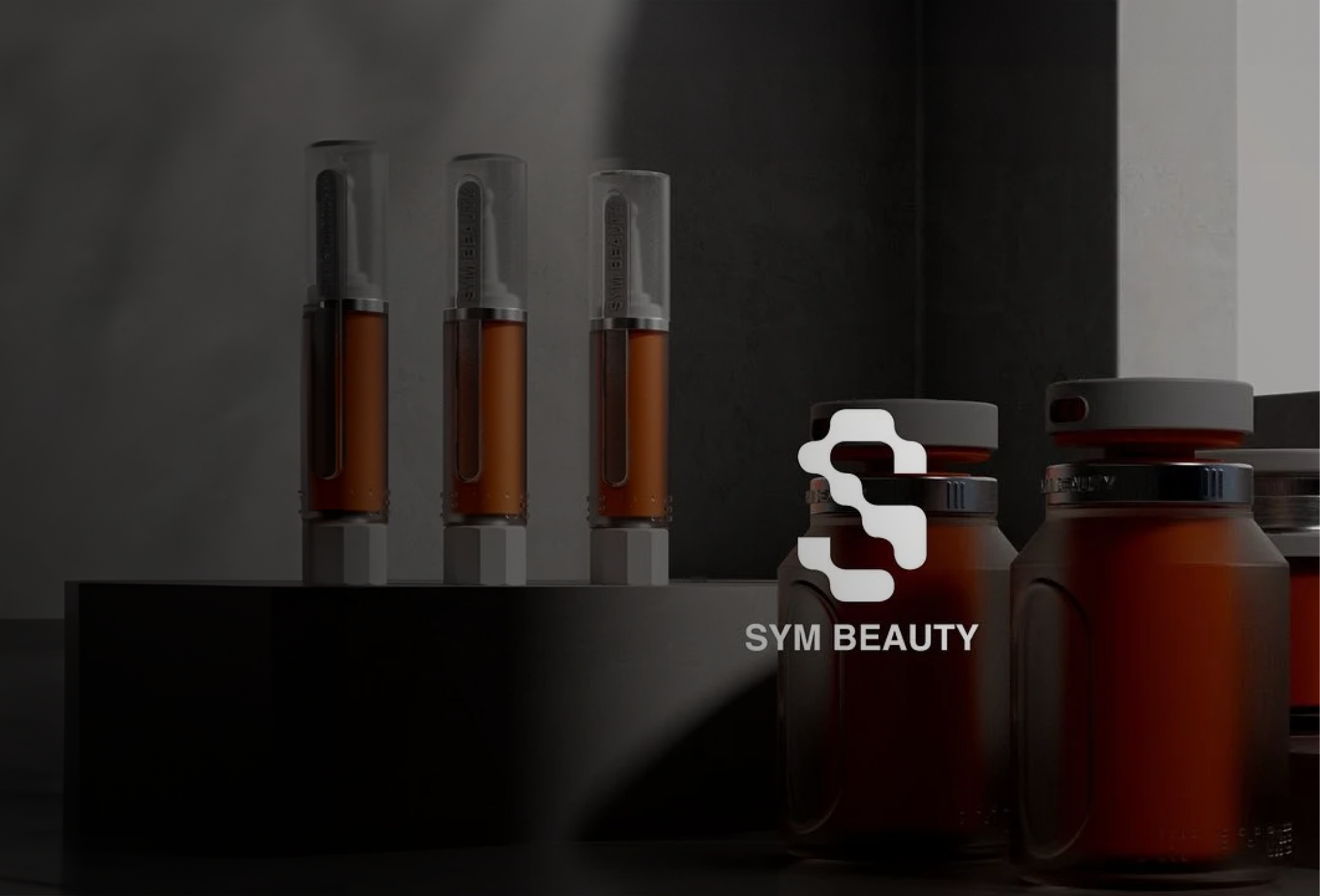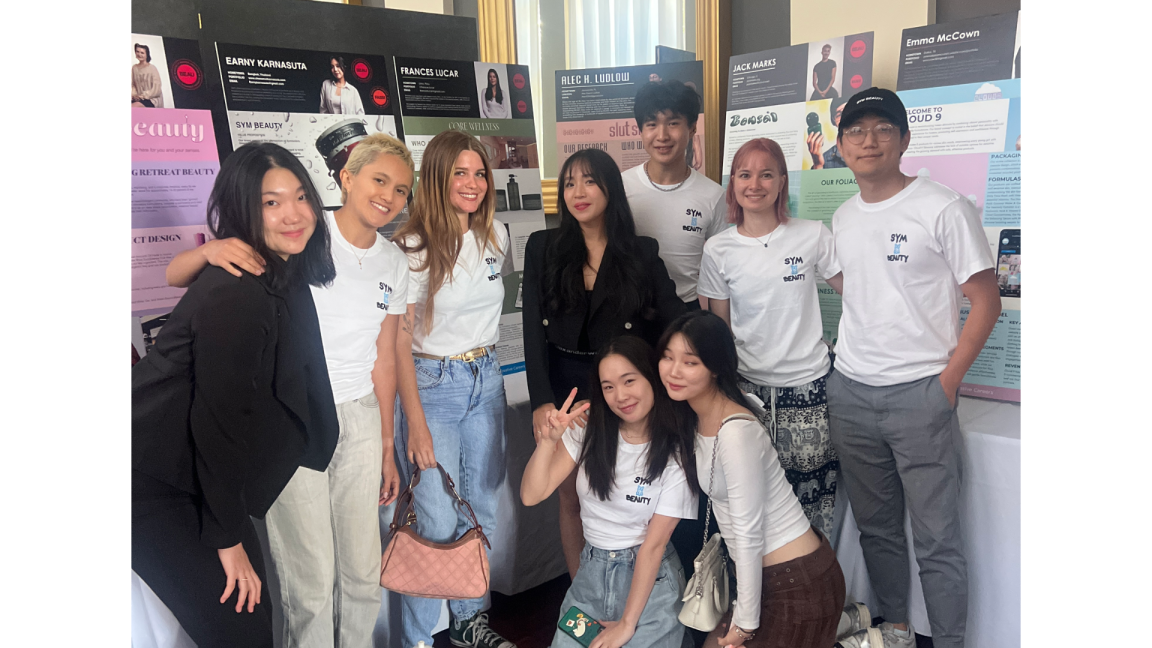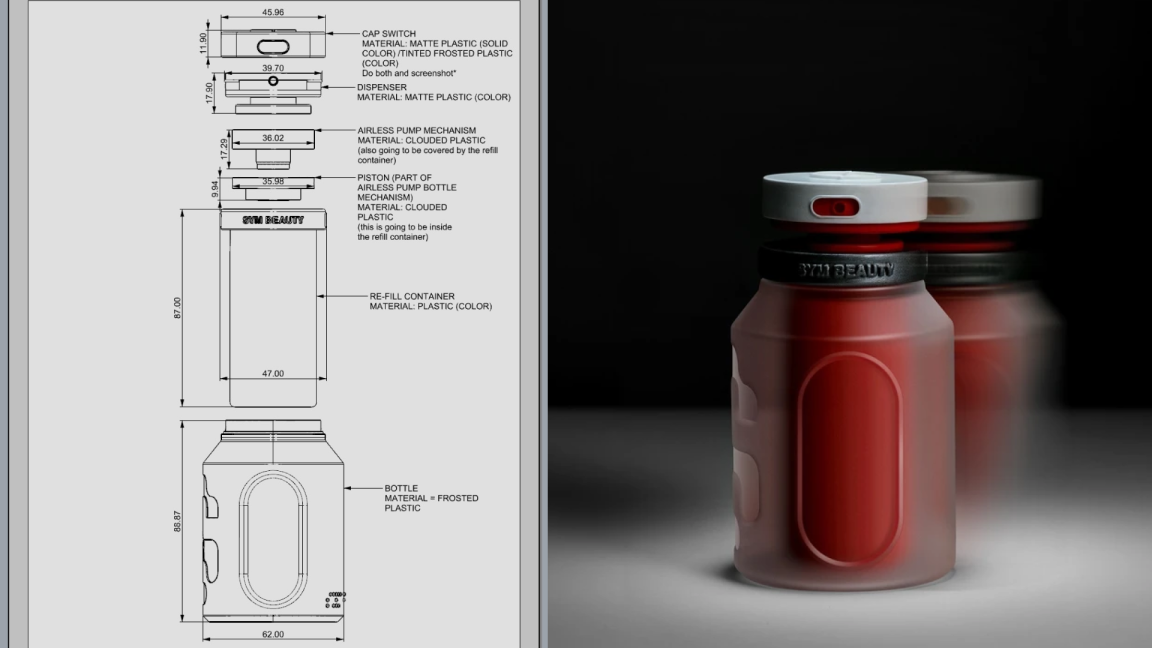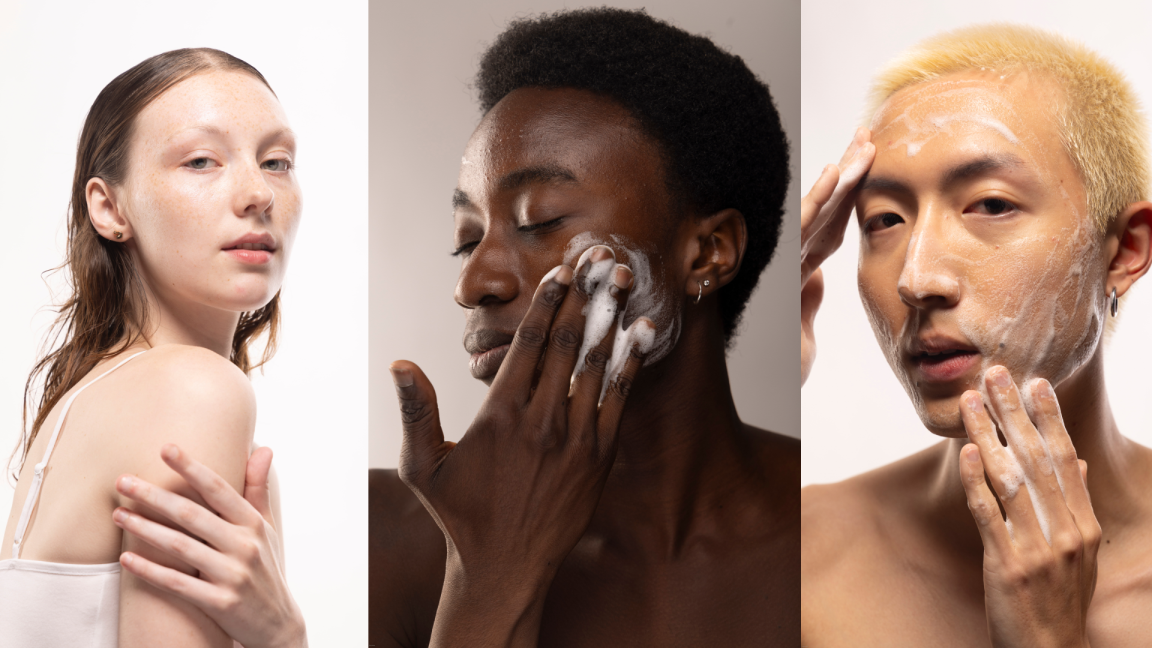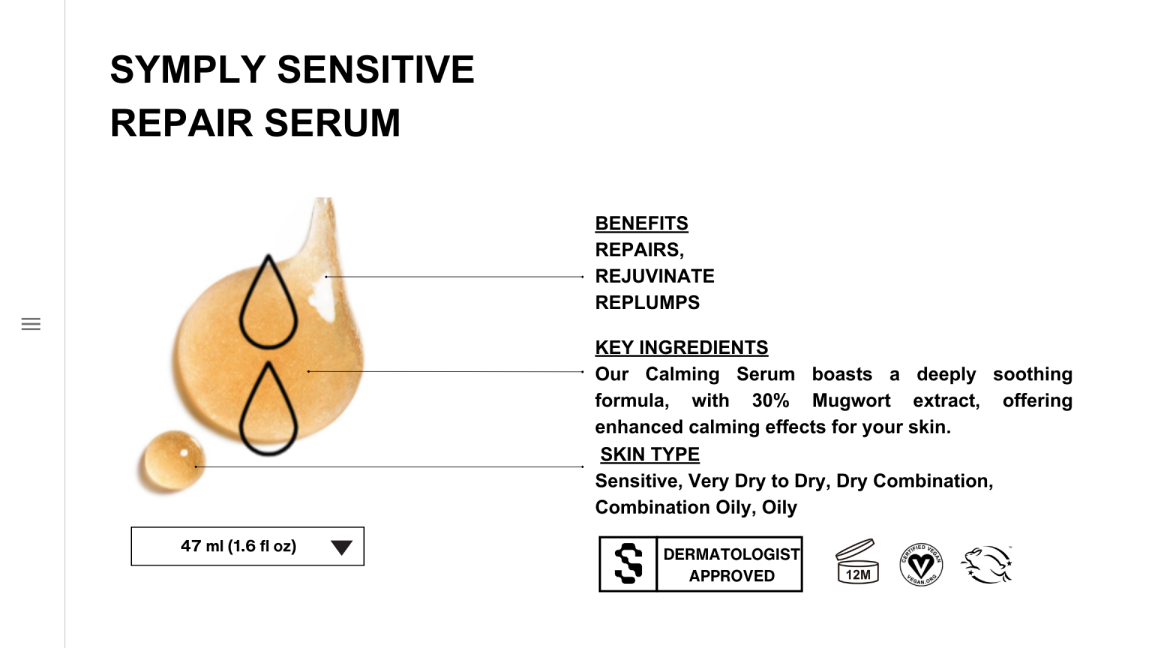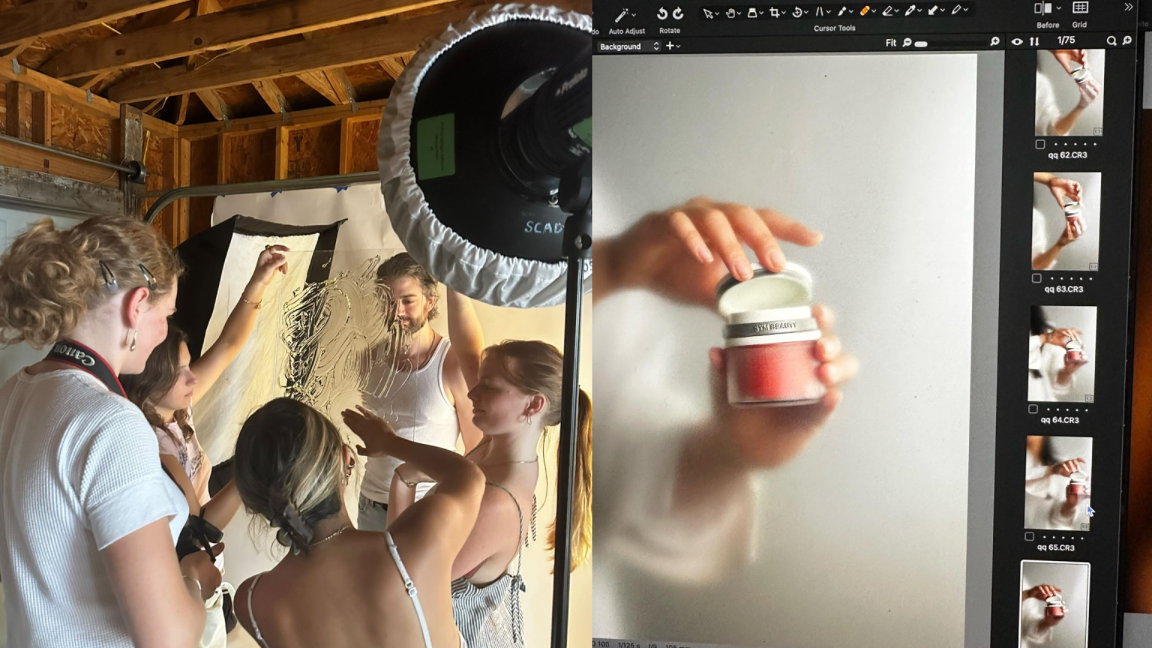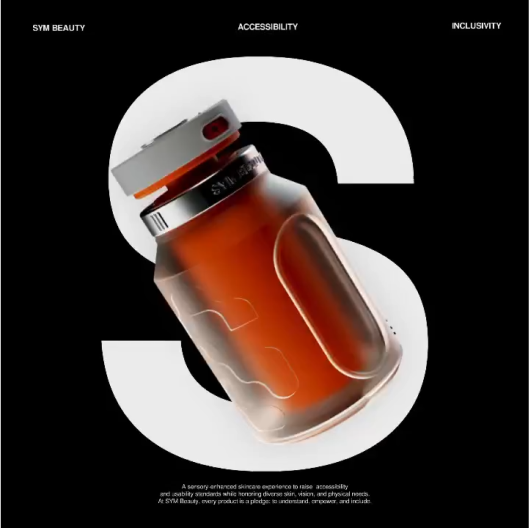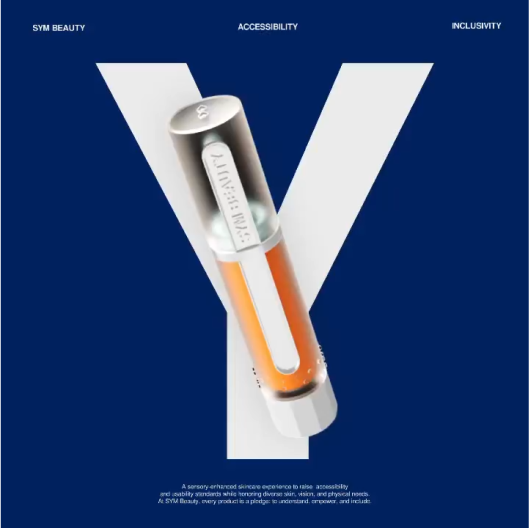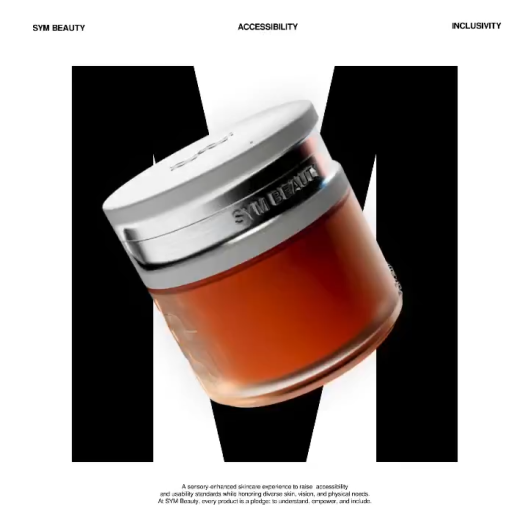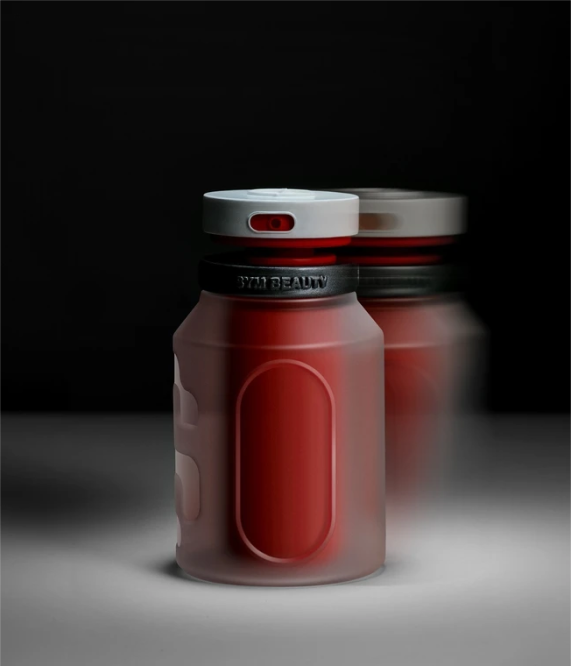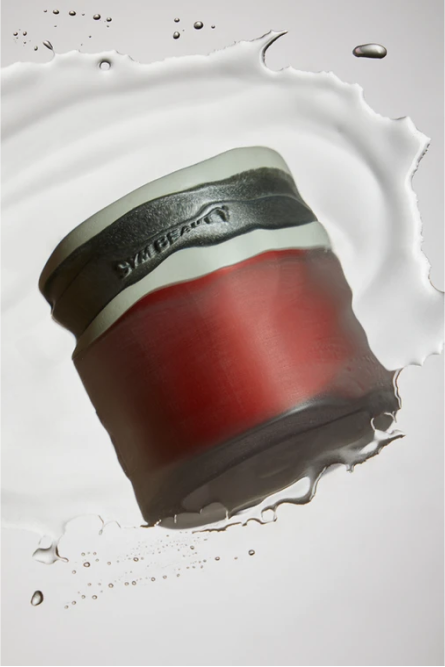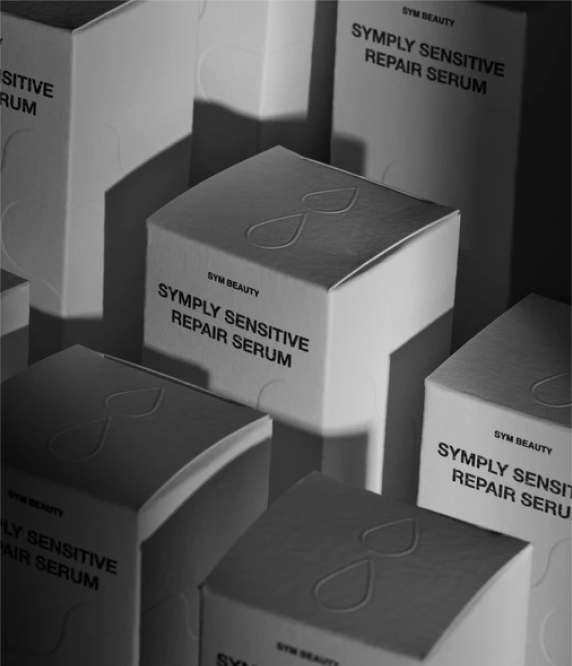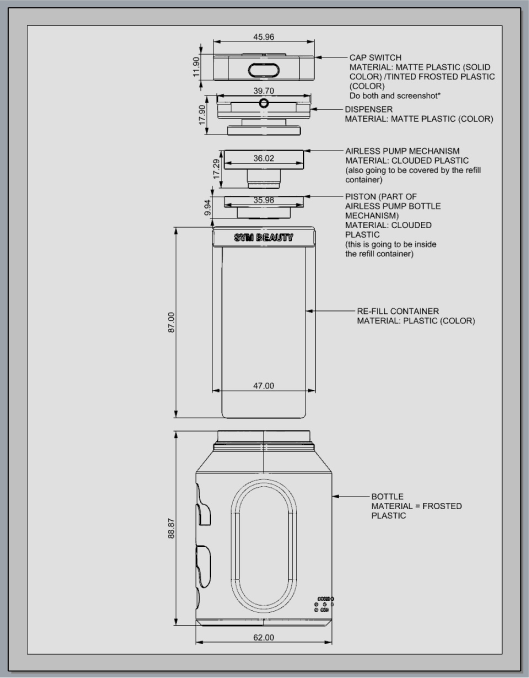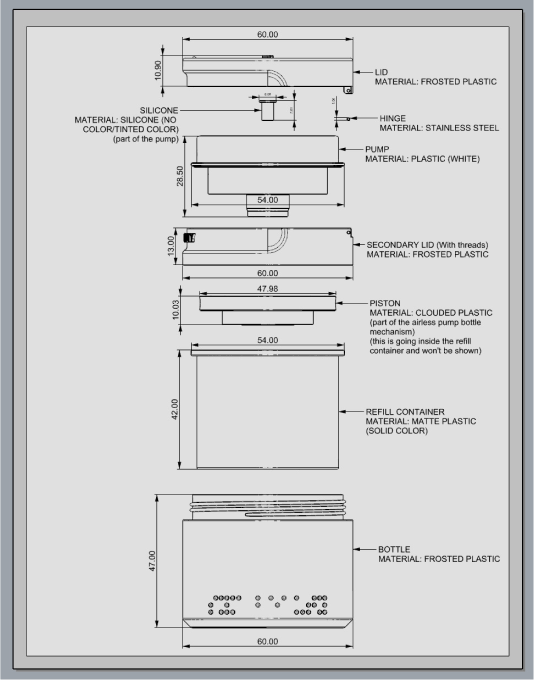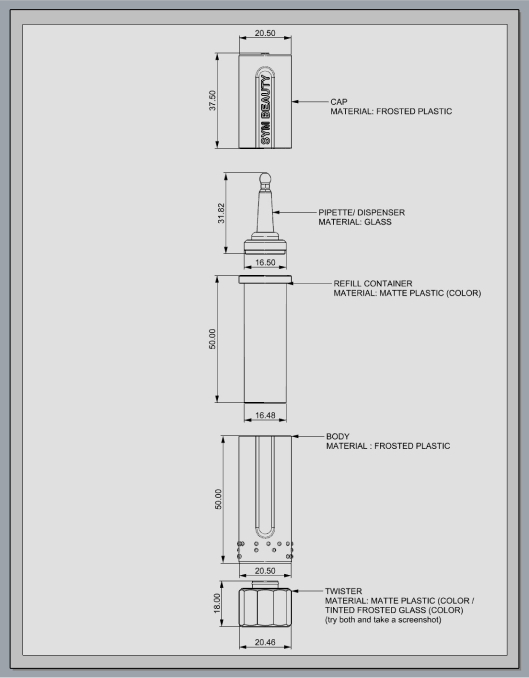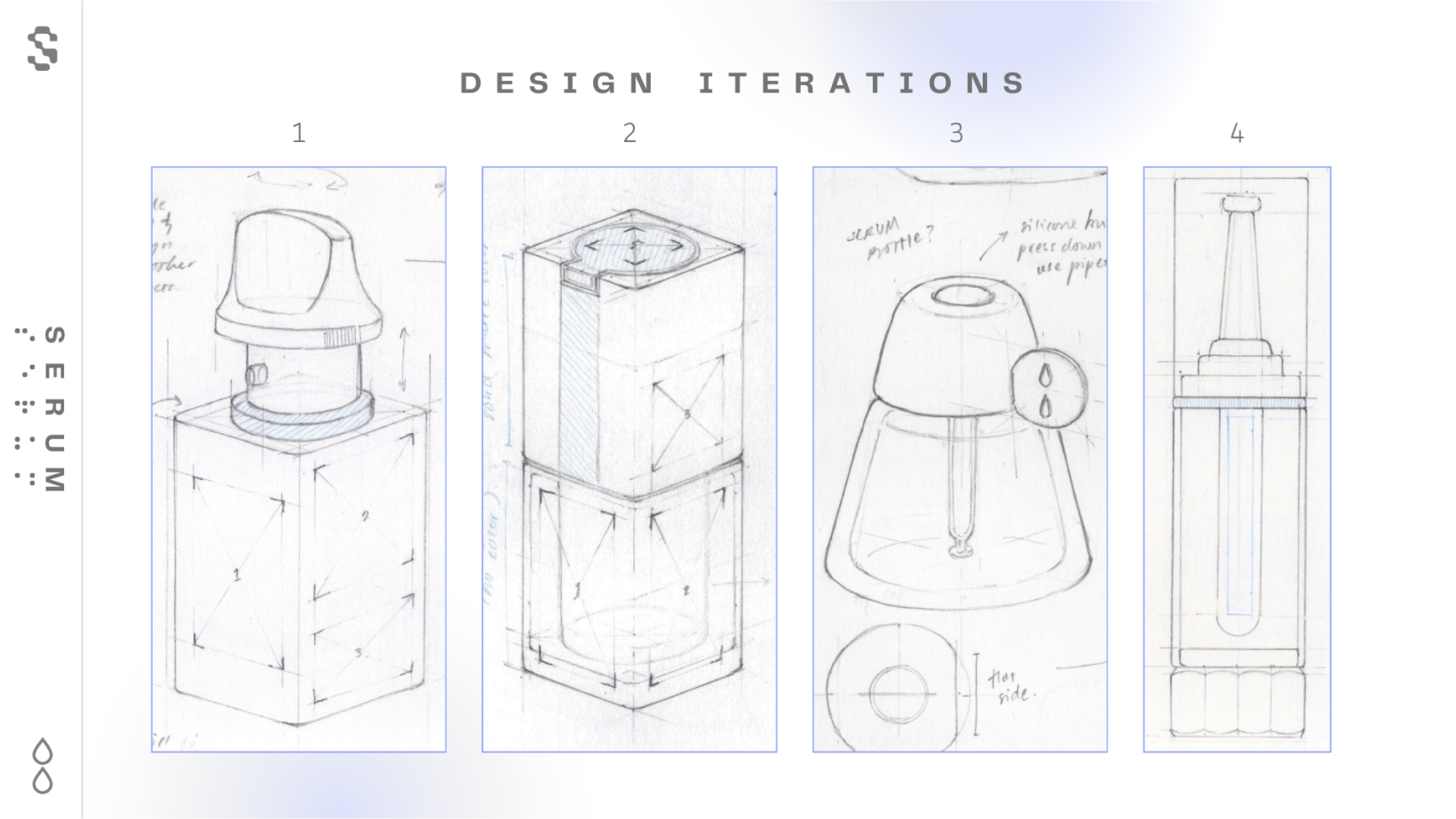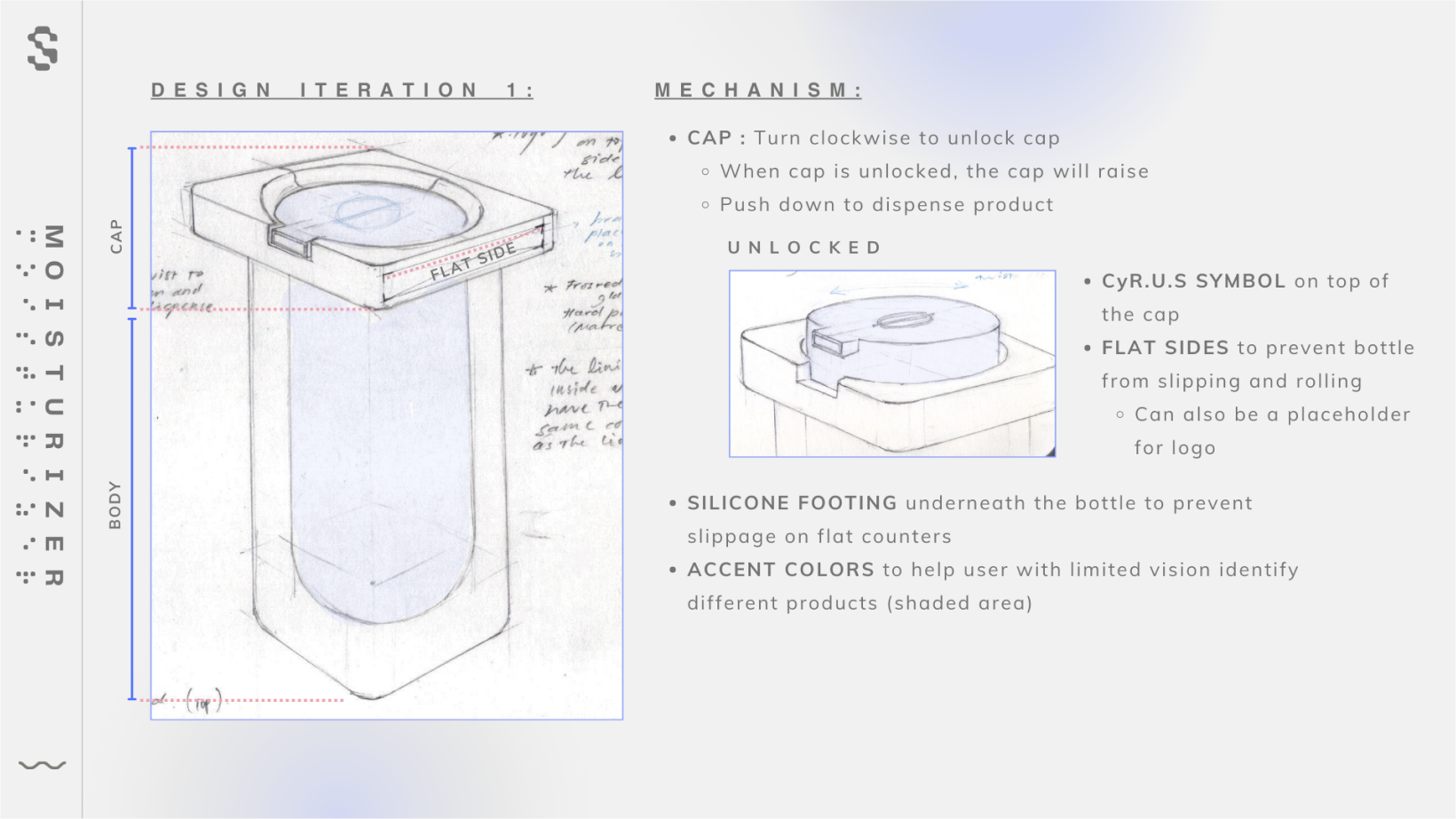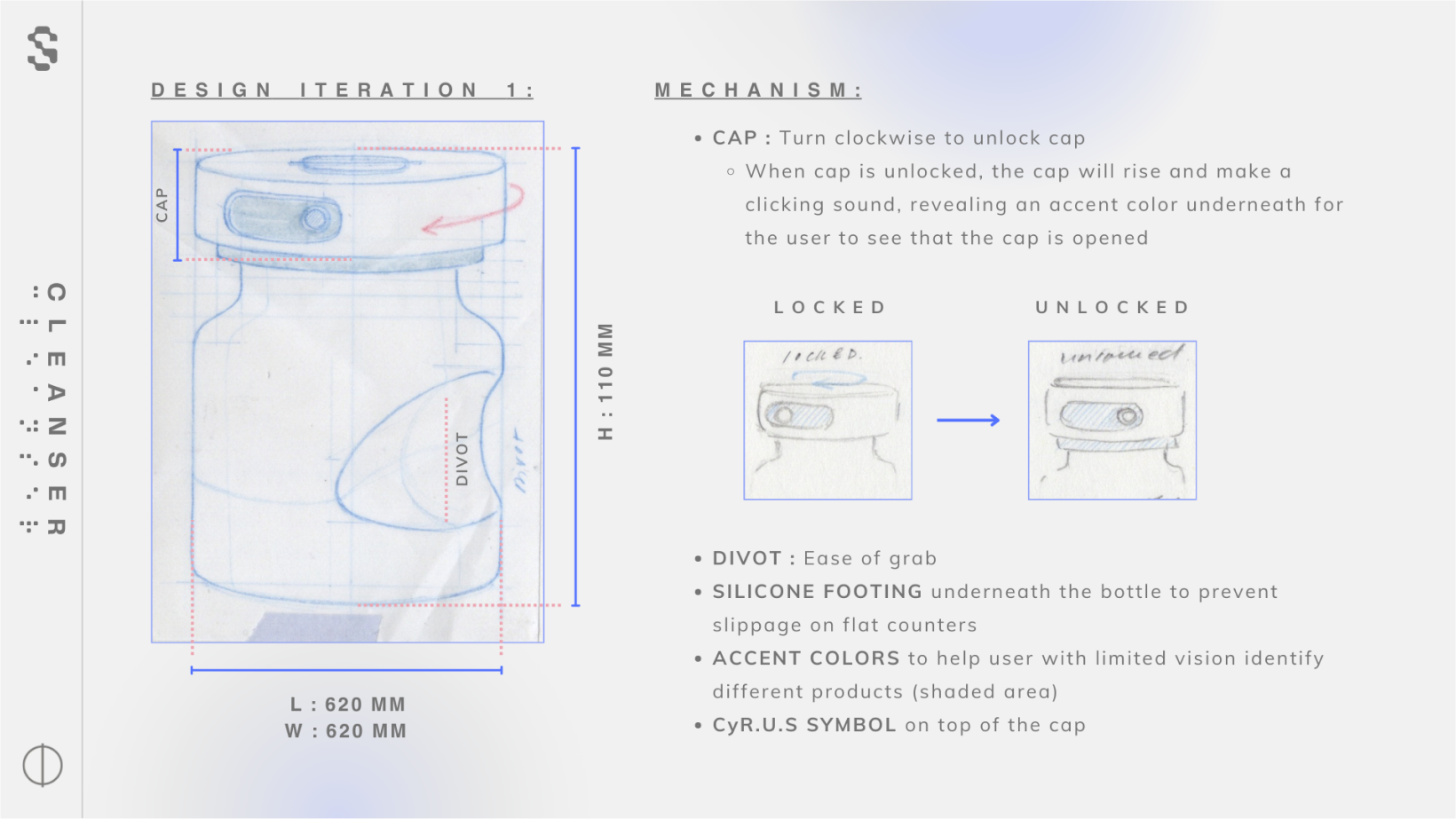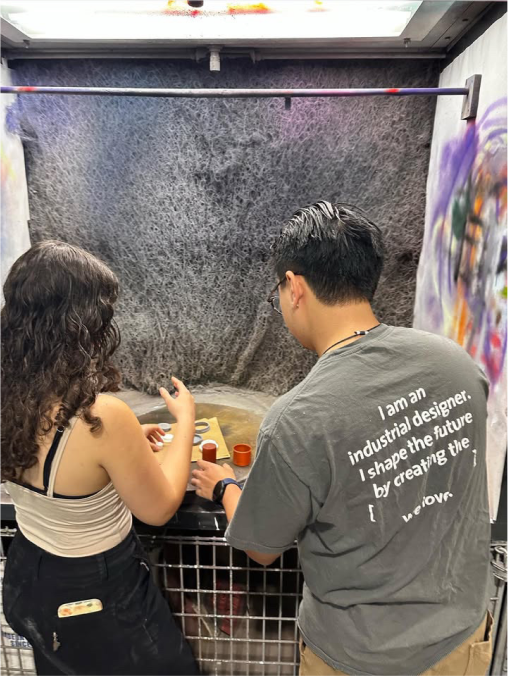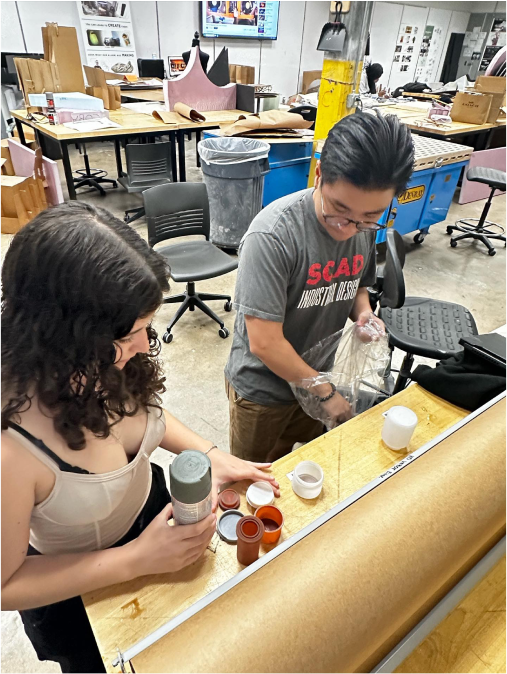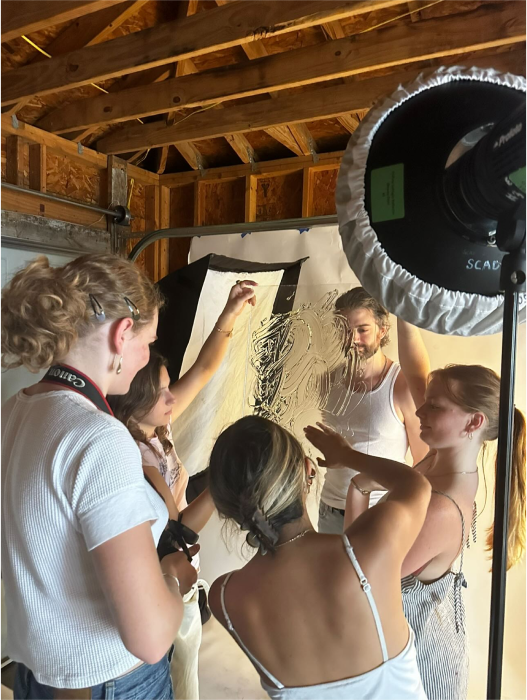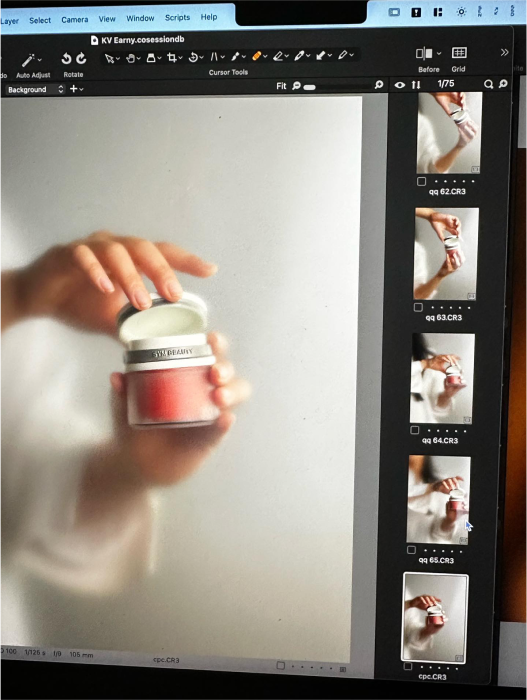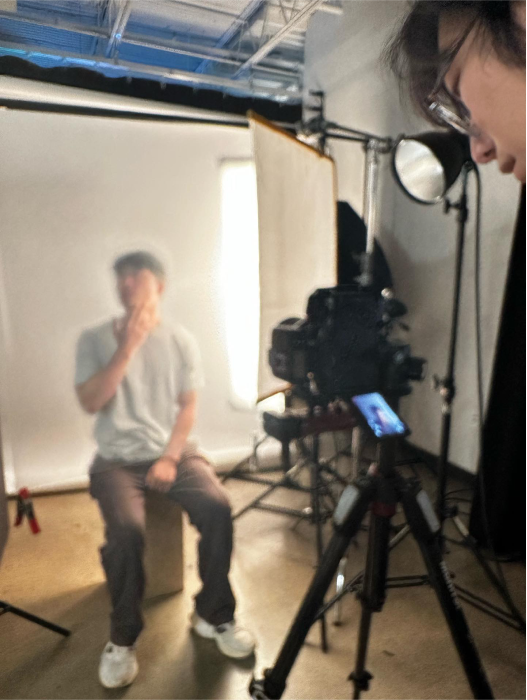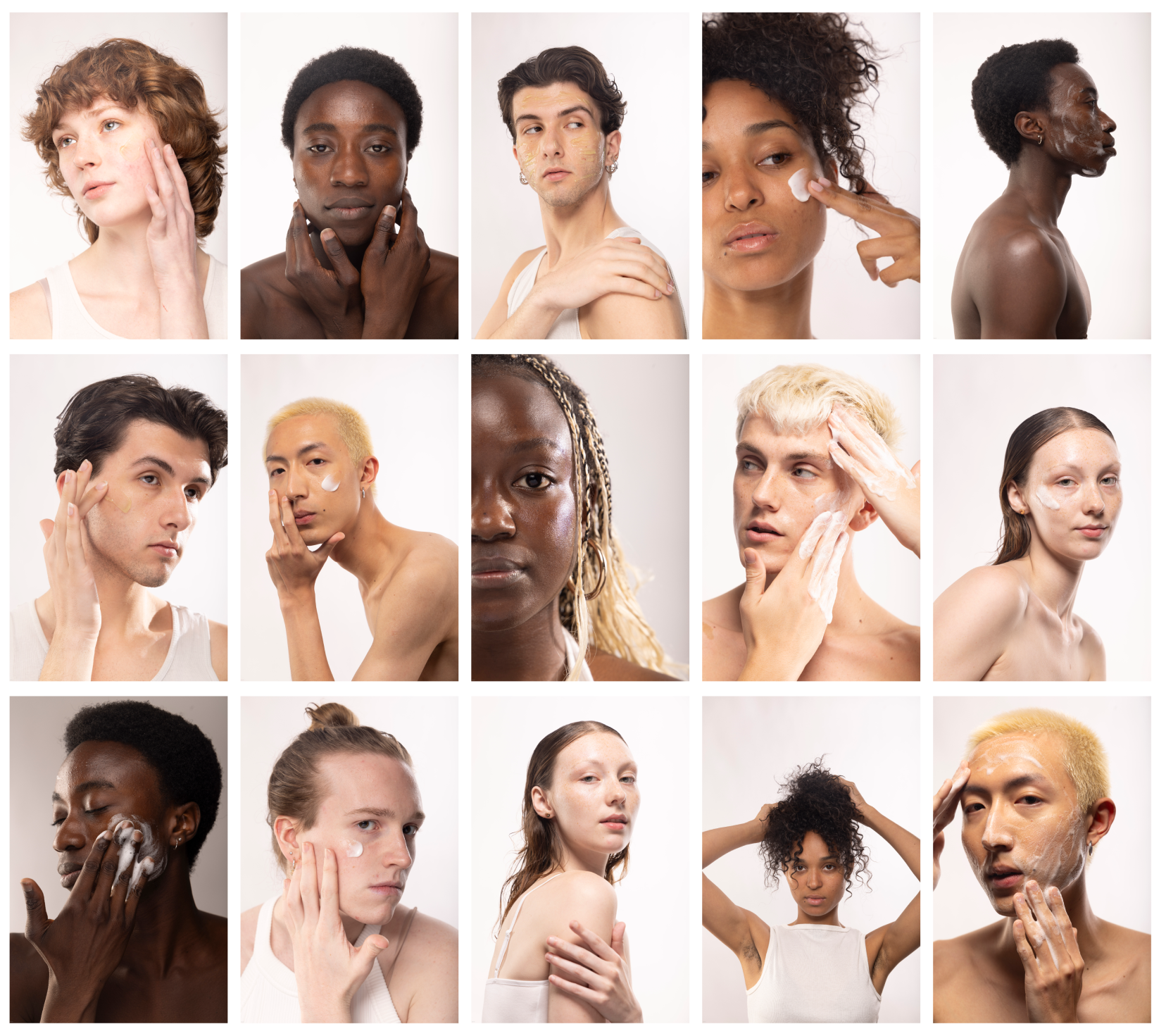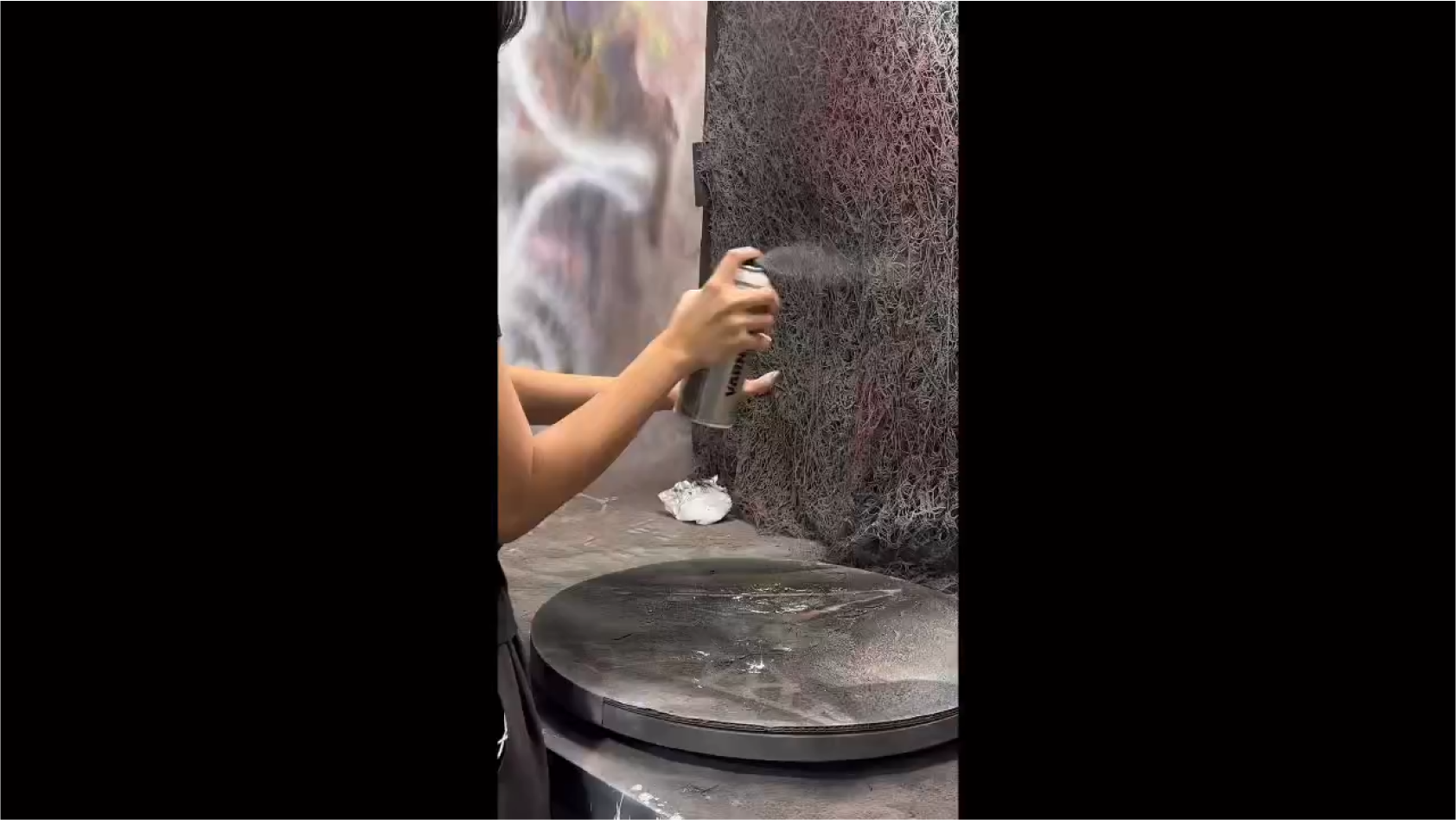Challenging Ableism in Accessibility Design
In the initial exploration of this project, I knew I wanted to explore a better way to make something inclusive. I didn’t just want to “fix” things for disabled individuals. It didn’t feel right to exploit their weakness and use that as the core appeal to the product. I worked alongside a a beauty student who was taught and pushed to use “white space” to identify what the company would be. This approach views consumers needs as opportunity to innovation that would guarantee market dominance and profit. It feels like this approach might be the industry standard for thinking, but it just didn’t feel right to me.
I worked on this project while being completely slammed and overwhelmed with my core workload and internship, so it was a rush trying to navigate such a fine line, challenge my own beliefs about marketing in the beaut industry, and be able to articulate this radically new direction to the rest of the team in a concise and remote way. But overall, this project was a great challenge that sparked the growth of my own personal beliefs and helped me refine my style as a research strategist.
With my strategy, I intend to parallel visual dominant beauty standards and visual dominant navigation.
Here’s some questions that opened up my research exploration:
Is beauty solely reliant on how it’s seen by others? If mirrors didn’t exist, how would we measure our personal beauty?
I think beauty has and always will be deeply connected to how we feel. I wanted to expand on this idea and add in overlooked considerations.
What if I could feel beauty though how I experience myself and the world though my senses? How it feels to take care of myself, to engage with textures, scents, and sensations that bring me joy. To nurture myself and learn how to appreciate myself though intentional care and acknowledgment.
What if I could feel beautiful though how I make others feel though my presence, energy, care? By focusing on the emotional impact I have on others, I can shift beauty from something being judged and ranked on the outside to something felt on the inside.
I want SYM Beauty to embrace this more intimate understanding of beauty and create skincare that invites you to engage with your senses though touch, smell, and sound.
Brand Identity
Mission
With each touchpoint, we strive to raise accessibility and usability standards while honoring diverse skin, vision, and physical needs. At Sym Beauty, every product is a pledge: to understand, empower, and include.
Vision
As a company we see ourselves as a final pioneer of the skincare accessibility problem. By creating a universal system that is truly accessible in every way, we hope to create a standard that inspires all other companies.
Purpose
The purpose of SYM beauty is to challenge the conventional notions of communication; by departing from the reliance on sight, we embrace other senses like touch, smell, and sound to amplify the self-care ritual.
Voice
Empowering, Conversational, Sophisticated, Contemporary, Provocative
Tagline
Beauty in Every Sense
